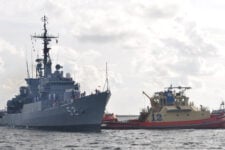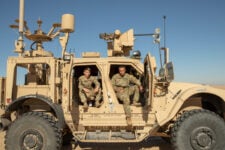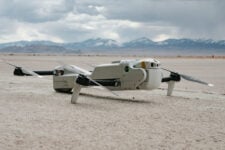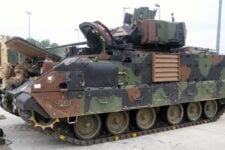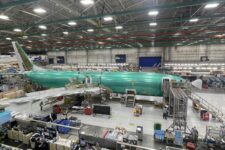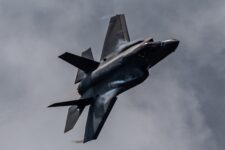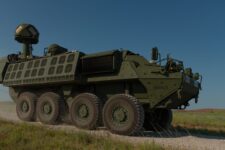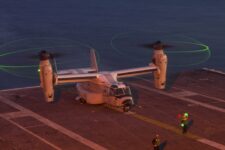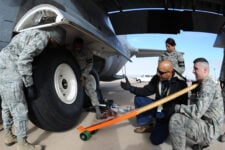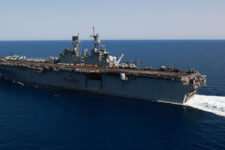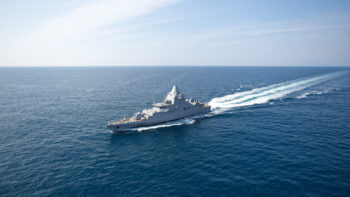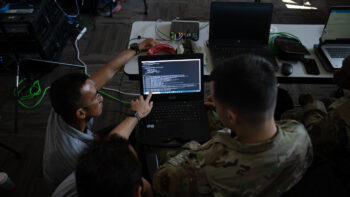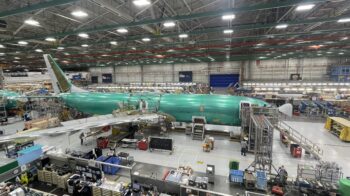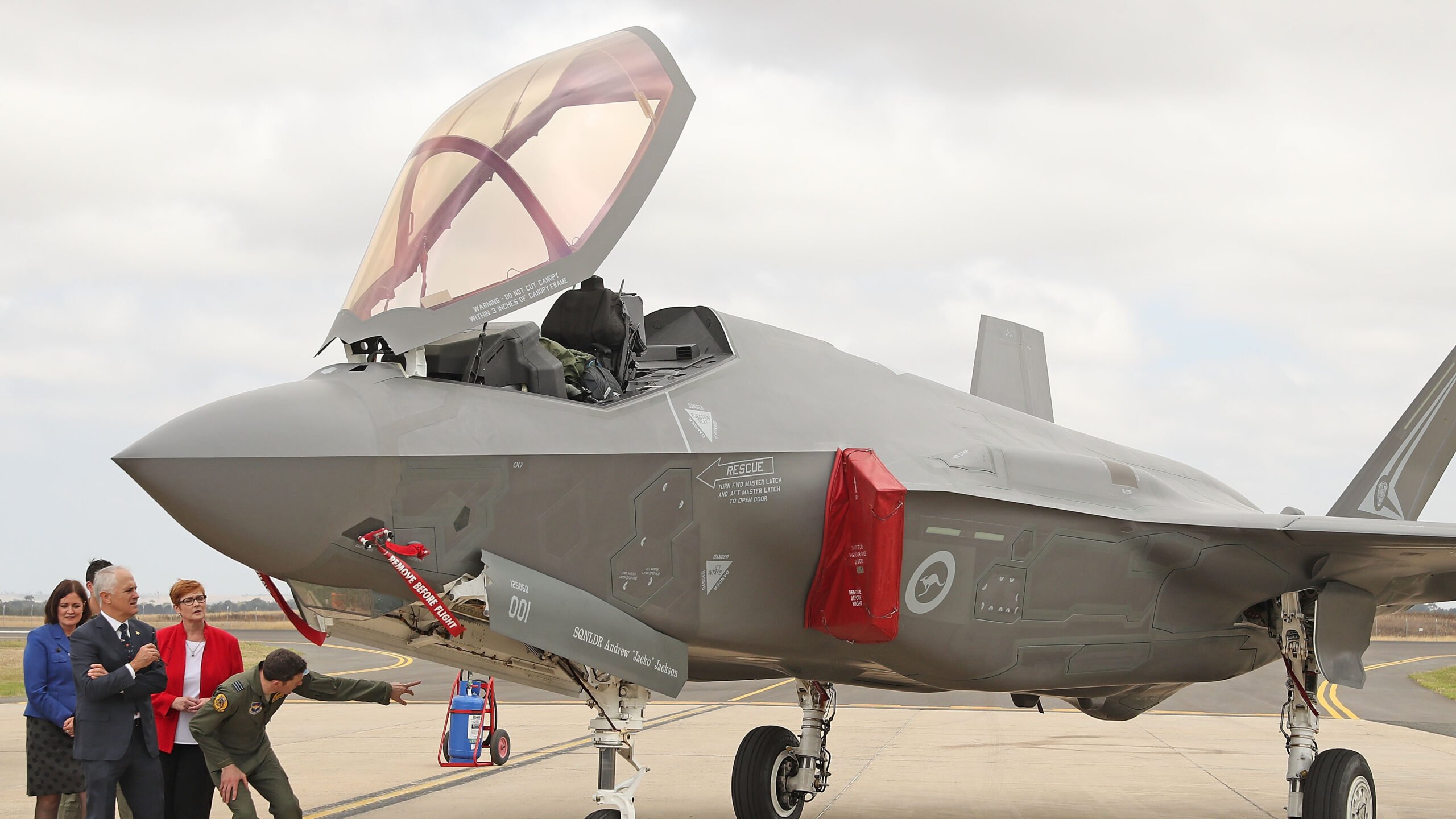
Prime Minister of Australia Malcolm Turnbull, Minister for Defence, Senator Marise Payne and Minister for Defence Industry, Christopher Pyne inspect a Joint Strike Fighter (JSF) F-35 as they attend the Avalon Airshow on March 3, 2017 in Avalon, Australia.(Photo by Scott Barbour/Getty Images)
SINGAPORE AIR SHOW: All Domain Operations have come full force to the international marketplace, with Lockheed Martin touting it here in an hour-long briefing as an important source of business in Asia, as well as a crucial operational tool for US and allied forces.
While the briefing was also designed to remind everyone of the F-35’s centrality to US war fighting because of its cyber, electronic warfare, sensor and data fusion capabilities, the focus was on elements that the US military has identified as key capabilities for All Domain Operations: the ability to collect, disseminate and make sense of huge amounts of data at speed so commanders can act quickly and get inside the enemy’s OODA Loop.
“It’s something that we see as the future of security in the world everywhere and is probably the thing we hear the most. As we are starting to travel the world, post-COVID, countries all over the planet are talking about this,” Tim Cahill, Lockheed’s senior vice president for global business development said. Cahill said he couldn’t put a dollar figure to the global or Asian market for All Domain-related work, but he said it will involve legacy systems, newer capabilities like the F-35 and a great deal of command and control software and hardware.
Breaking Defense is at the Singapore Air Show. Click here for more coverage.
“So you have to have platforms that are capable of gathering the information that you need to gather, and then transmit that information to some other node in the network and then be able to take whatever information it receives and process it and act on it. We’ve got a lot of legacy systems out there in the world so there’s a little bit of retrofit that has to happen. But,” Cahill said, “fundamentally, there’s also a new generation of systems that are being deployed that already have that capability built in. And the F-35 is just a perfect example.”
Gary North, former Pacific Air Forces commander and now head of customer requirements for Lockheed, made the case for the F-35 as a keystone in the joint all domain operations architecture. He pointed to the 2021 Talisman Sabre exercise, the largest bilateral training activity between the Australian Defence Force and the US military designed to test the countries’ joint operations.
The Joint Strike Fighter, for example, “demonstrated its ability to pass data over various networks from aircraft that took off from Fort Worth, Texas, to other aircraft and bounced information through Hawaii to Australia to provide data to the exercise in Australia,” North said.
Thomas Rowden, vice president with Rotary and Mission Systems and former top surface warfare officer in the US Navy, pointed to Australia’s Air 6500 Joint Air Battle Management System effort as an example of “where it’s really coming together for us, not only in pulling the sensor together, pulling the decision makers together, working with the Australians Defense Force to tighten that loop.” Lockheed is in competition with Northrop Grumman for the program contract.
But while Australia and the United States both fly F-35s and are able to share top level intelligence and attendant data, Cahill said “its the legacy pieces that are going to be the challenge.” When All Domain Operations are built in the Pacific, If two weapon systems cannot communicate with each other “you’ve got to build the connectivity. If you do it from scratch you get the chance to apply some standards.”
So, Cahill and his colleagues said, software allowing legacy systems to connect may be the biggest challenge to building Joint All Domain Operations. And therein may lie a lucrative business opportunity throughout the Pacific.

